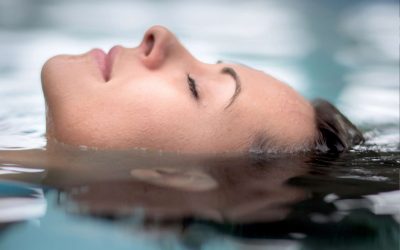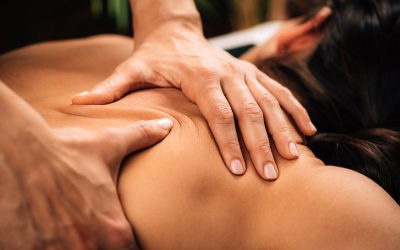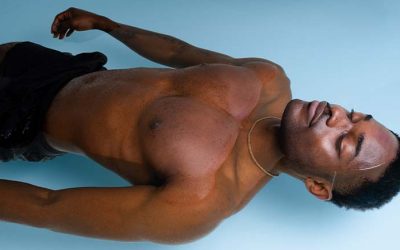SPA OVARIUM
What’s New
Recent Posts
Floating Therapy to Reduce Chronic Pain
For most of us, pain is a temporary phenomenon that indicates that something is wrong in a specific area of our body.
Floatation Bath: A Journey Within
A floatation bath allows you to float effortlessly, a feeling of weightlessness that promotes deep relaxation.
Lower Your Cortisol Levels
A few years ago, the Float Conference took place in Denver, Colorado, and we were particularly touched and challenged by what Jerry Walker delivered.
Countering Seasonal Depression
A Commitment To Oneself: you too can choose your own anti-stress formula and give yourself the gift of health.
Therapeutic Massage
There are many persistent myths surrounding massage therapy, including that to relieve tension and pain, you have to go deep.
The Urgency of Self-Care
The past few years have been challenging for everyone! Together, yet each on our own, we had to show patience, resilience, adaptability..
The Art of the Float
Intense sports are popular. Marathon, cross-fit, extreme running, there are more and more people who like to push their limits.
Anxiety
Overwhelmed by anxiety? You are not alone! In Quebec, one in two people say they are anxious.
The Benefits of Floating Baths
Dive into the Ocean of Wellness: A Complete Guide to Sensory Deprivation Chamber Therapy









